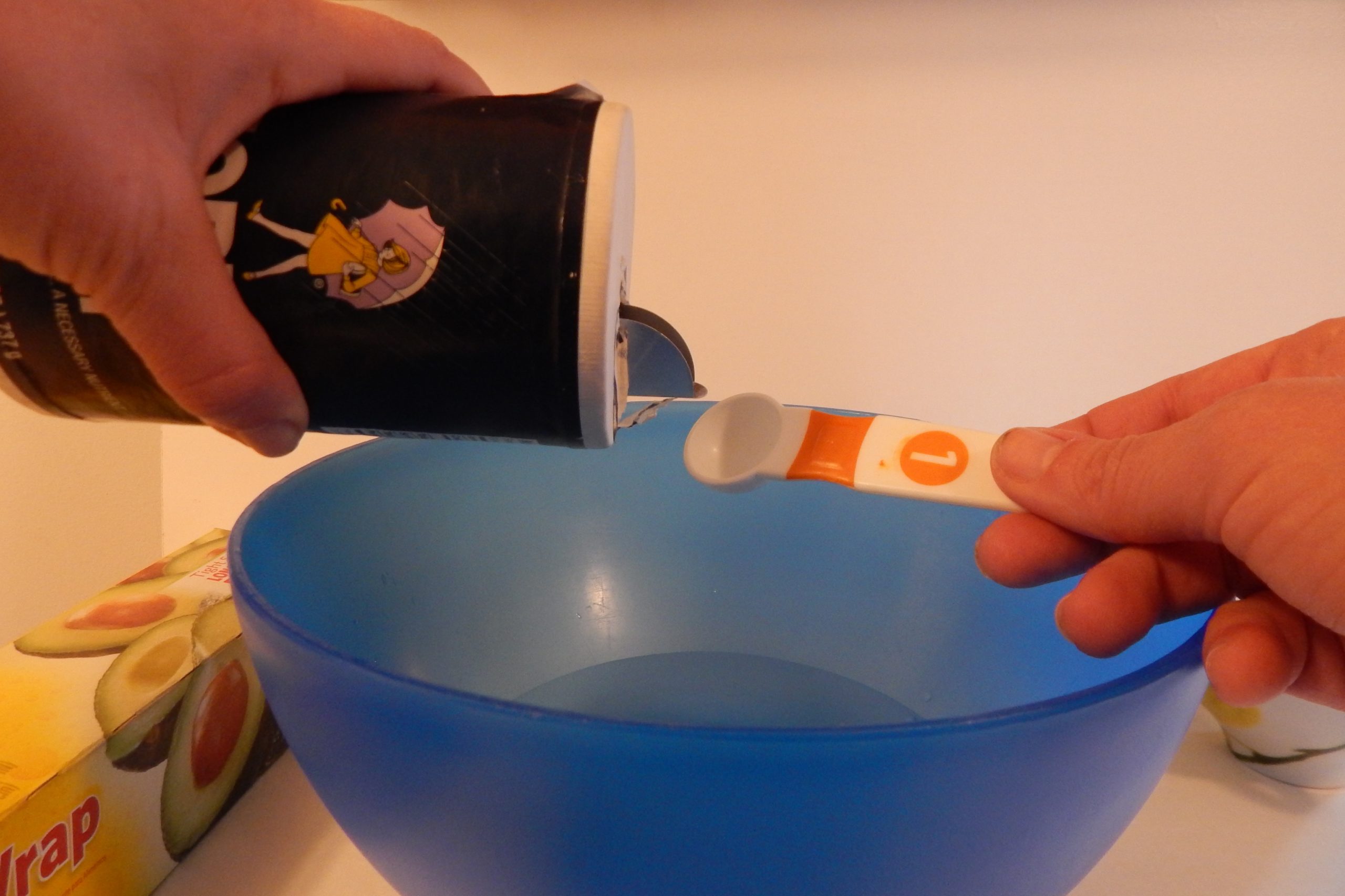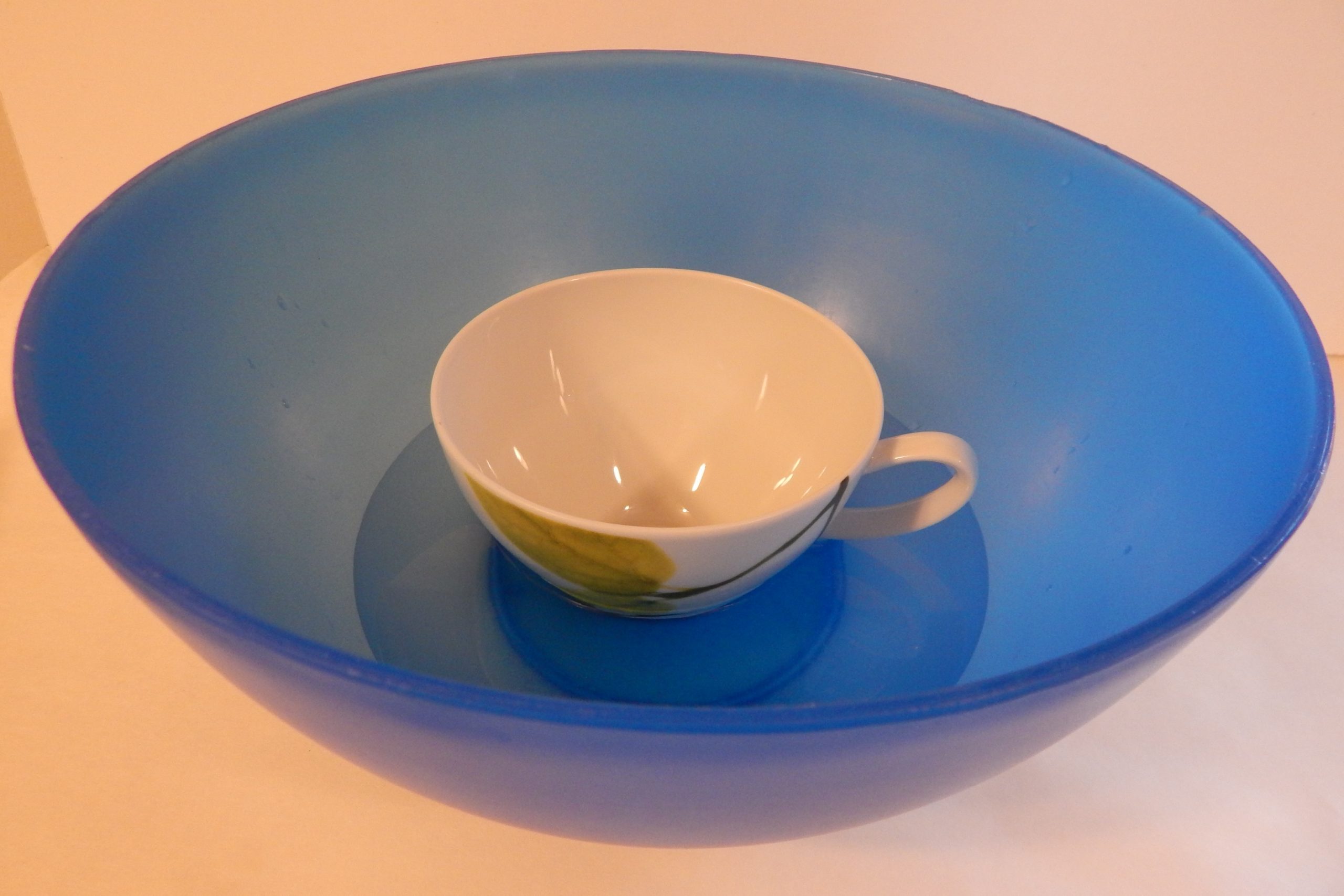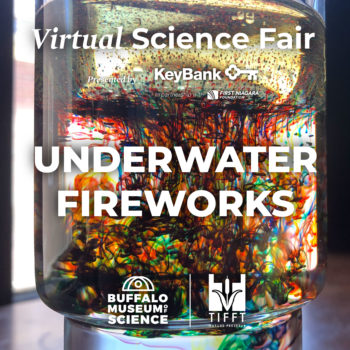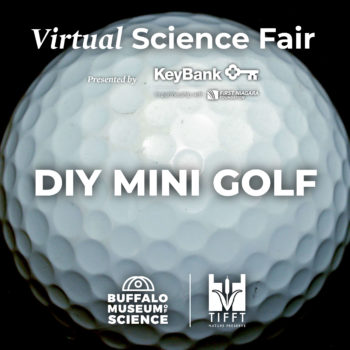Saltwater, Freshwater

Have science fun as a family! Complete activities with parental supervision.
Materials:
- A large bowl of water
- A small cup
- Plastic wrap
- Table salt
- A small stone
- A measuring cup
- Teaspoons
- Spoon
- A heat source (either a lamp or a sunny window)
Procedure
- Identify a place either by a window on a sunny day or near a lamp for you bowl. The large bowl will need to be placed, undisturbed, in a warm spot for a few hours.
- In the large bowl, mix three teaspoons of salt with two cups of water. Stir until the salt is completely dissolved and you can no longer see it.
- Place the small cup in the middle of the large bowl. The top edge of the cup must be high enough so no saltwater flows in the cup.
- Cover the large bowl with plastic wrap. Make sure it is secure.
- Place the small stone on the plastic wrap, over the cup, so the plastic wrap now slants towards the middle. You’ve created a solar sill!
- Carefully put your solar sill in direct sunlight for a few hours and then check on it. Water droplets should collect on the underside of the plastic wrap and drip down into the cup.
- Once there is some water in the cup, taste test it. It is the same water you tasted earlier, but does it taste salty? Why or why not?
- Be sure to take a picture or video to share in the Facebook comments on the Buffalo Museum of Science or Tifft Nature Preserve pages!
What’s it all about?
We can’t drink saltwater—but there are ways to take the salt out of the water. In this experiment, you are creating a solar sill. This device is used to distill, or purify, the water.
When the sun heats the saltwater, the water molecules to evaporate and become a gas (water vapor) and rise up. However, the salt molecules are too heavy and are left behind.
The plastic wrap traps the water vapor which then cools, condenses and turns back into liquid water, which slide down towards the cup and are collected.
Converting saltwater to freshwater is called desalinization. Desalination methods like this have been around for centuries. Long ago, it was used on ships sailing across the ocean to create drinking water from salt water!
Try It!
- What happens if you use sugar instead of salt? Or add food dye? What other things can you test?
- Think about the design of this solar sill. Why do we need the plastic wrap? What about the stone? If you did this again, would you change the design at all?












